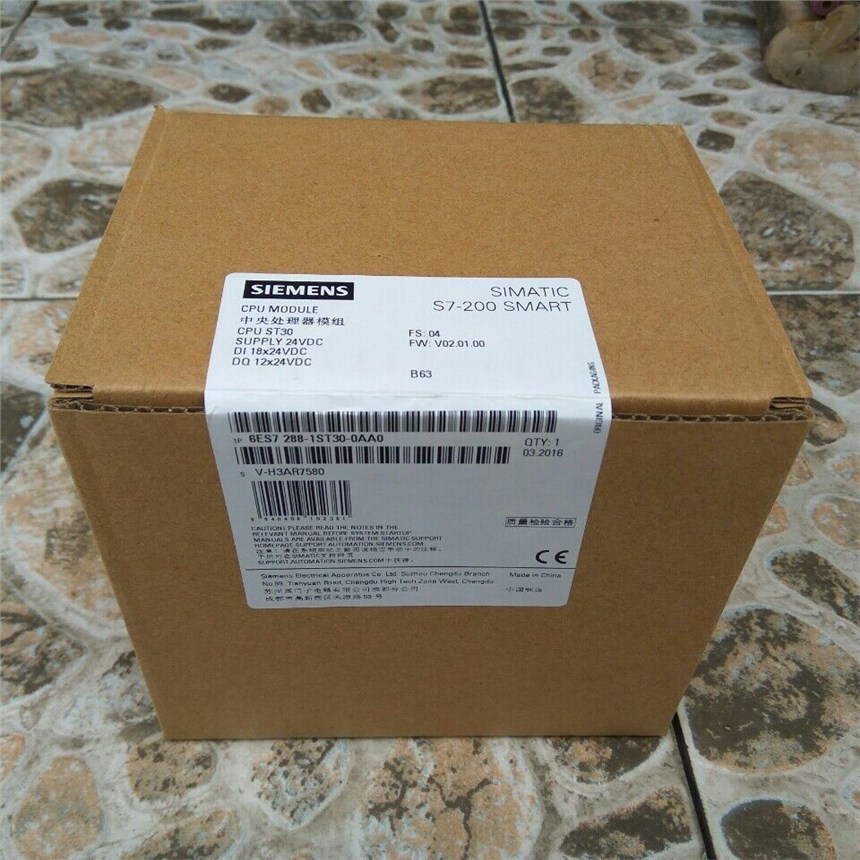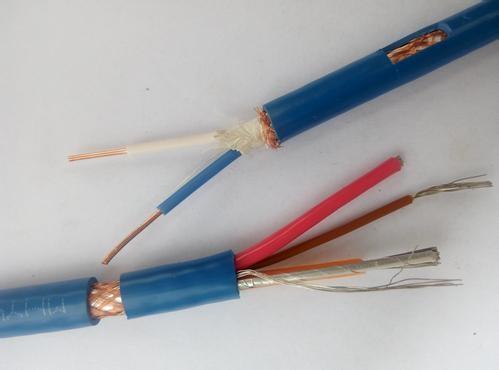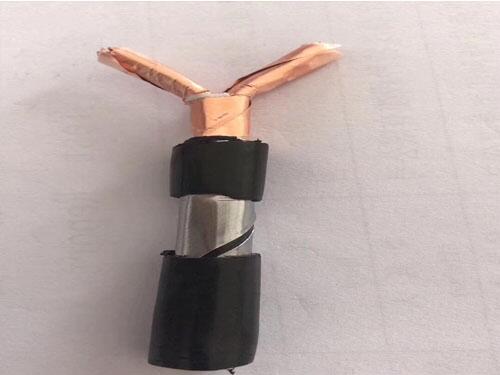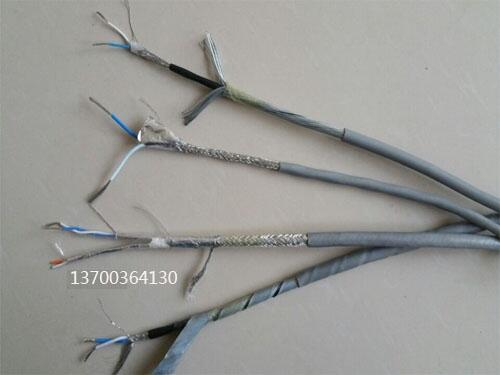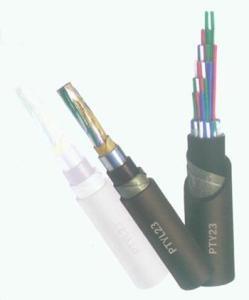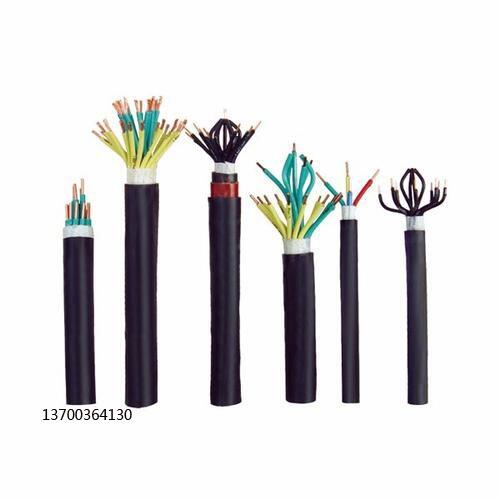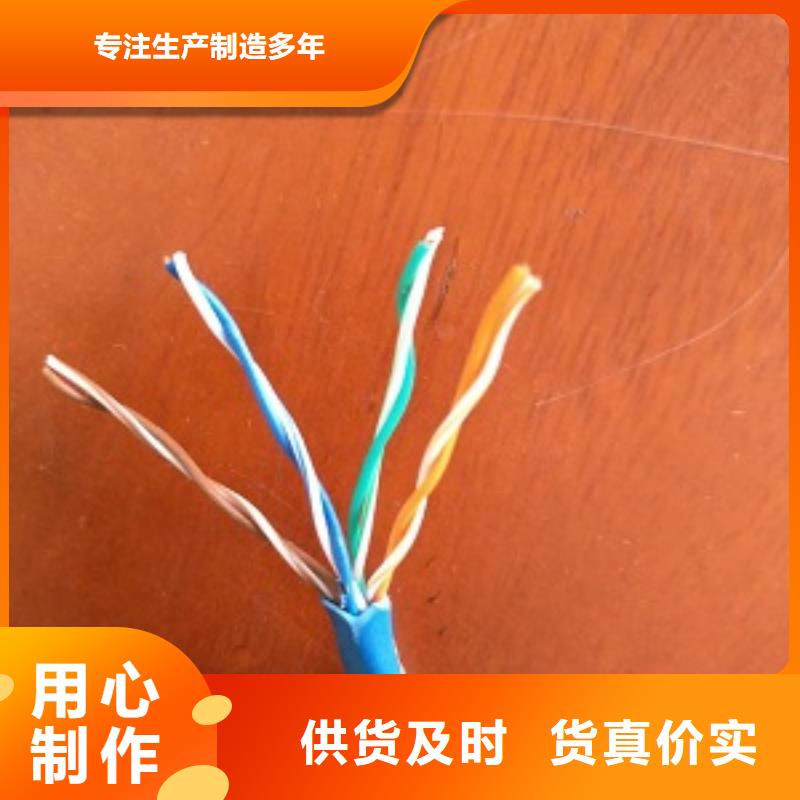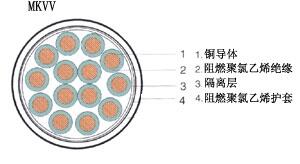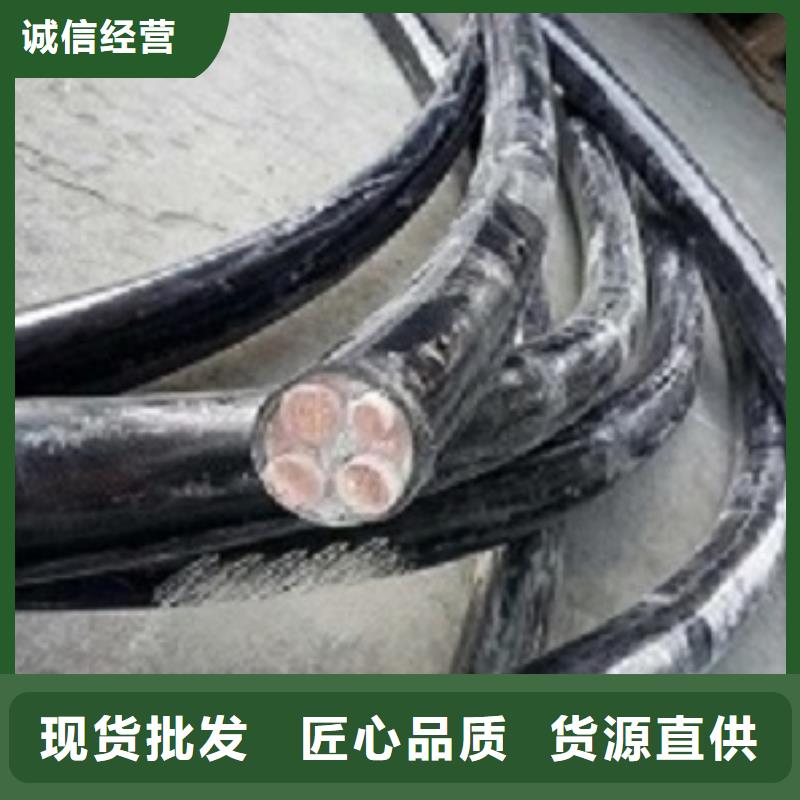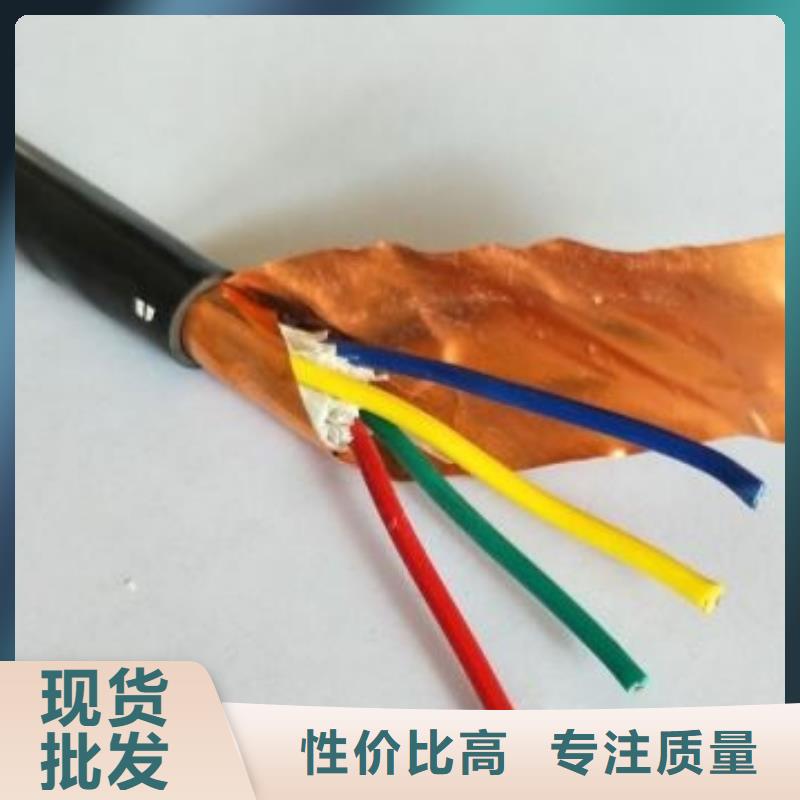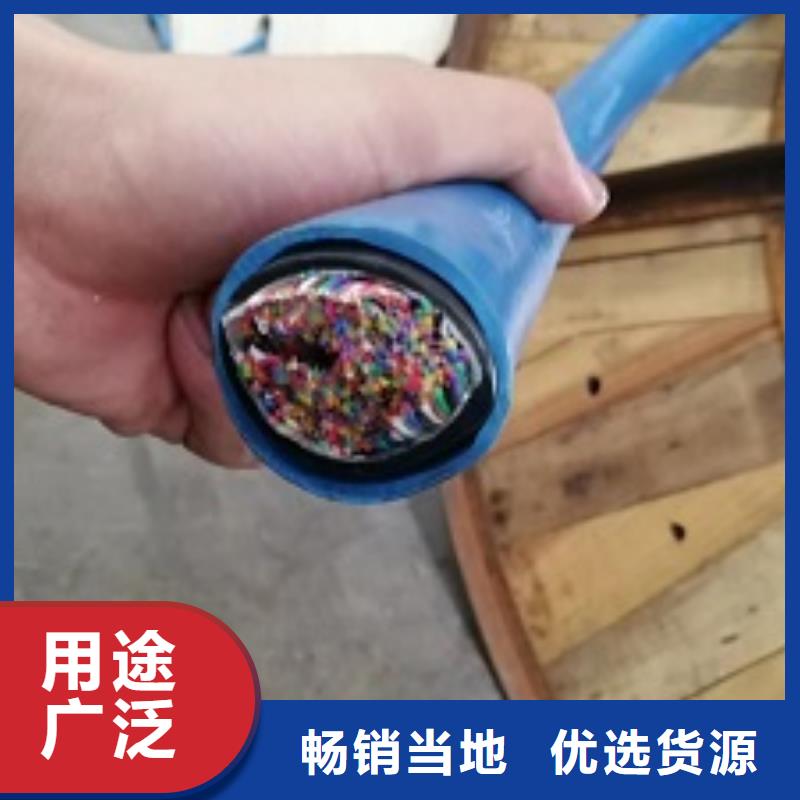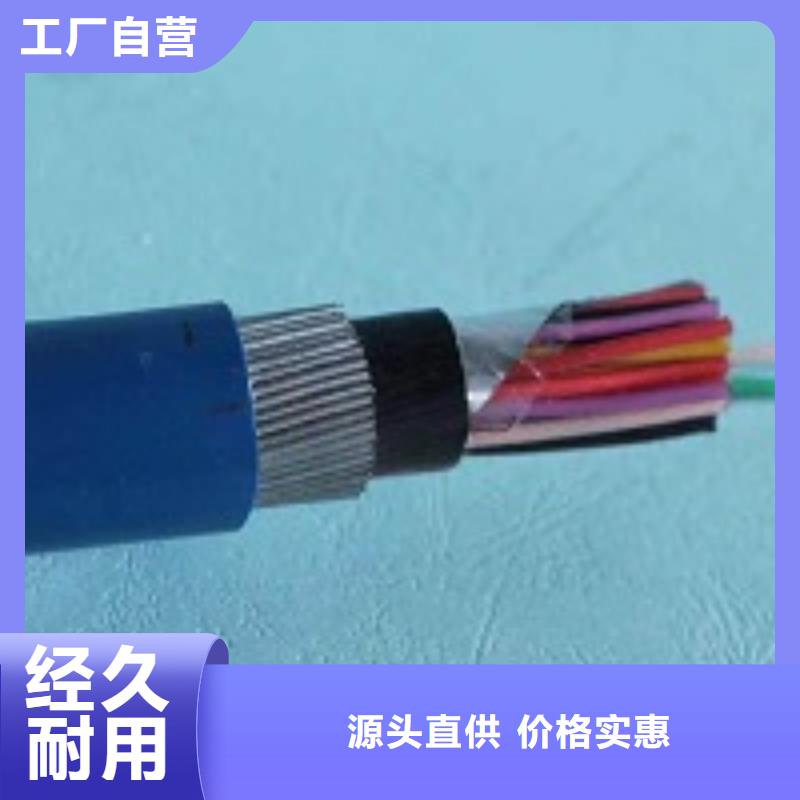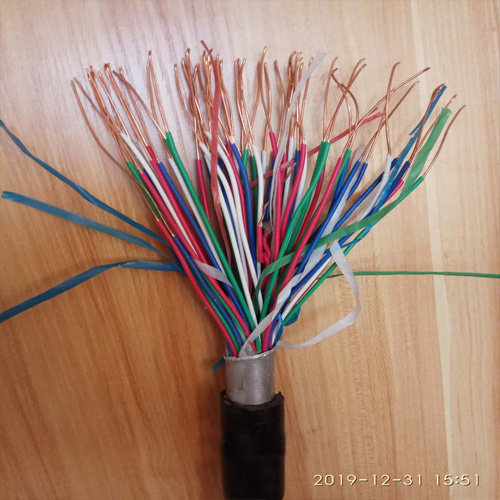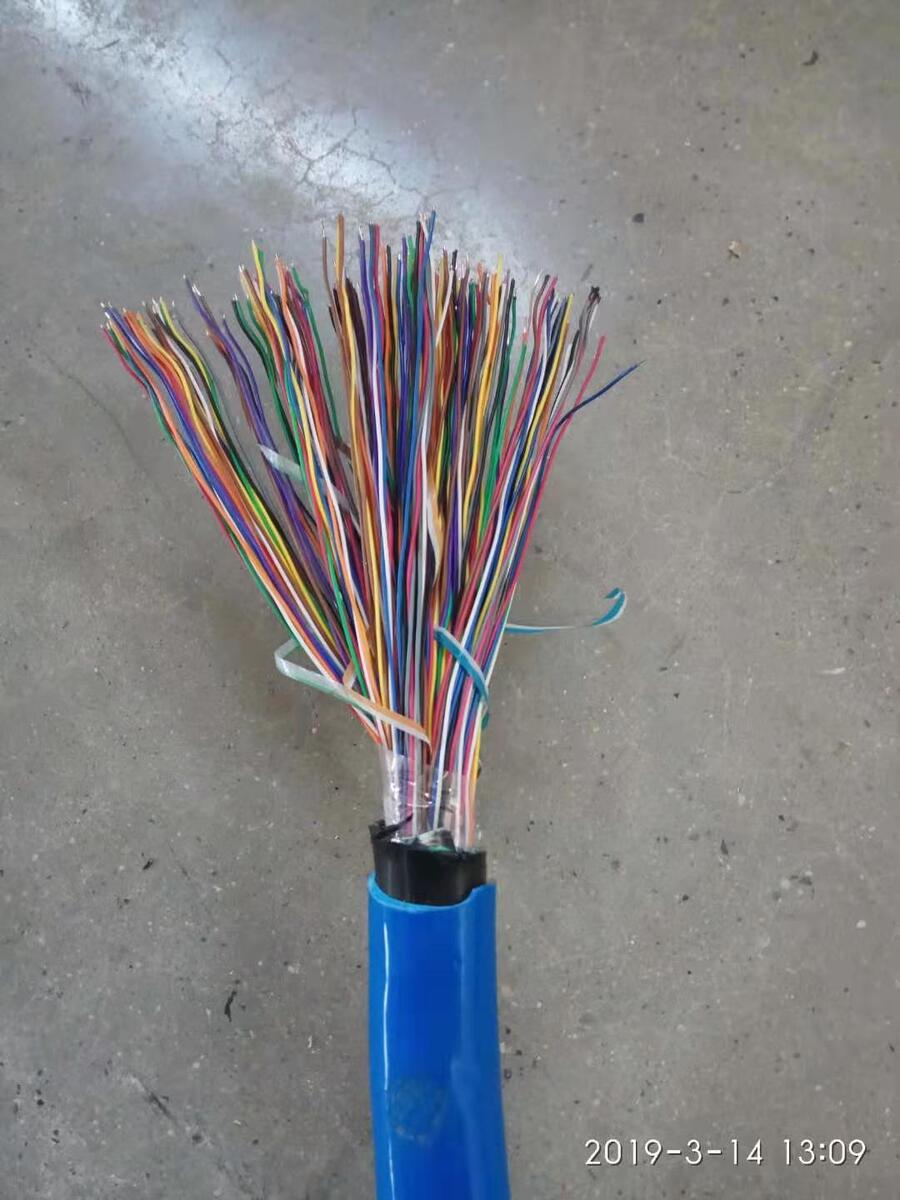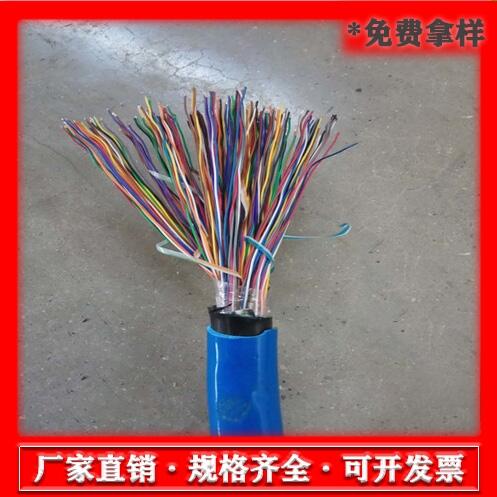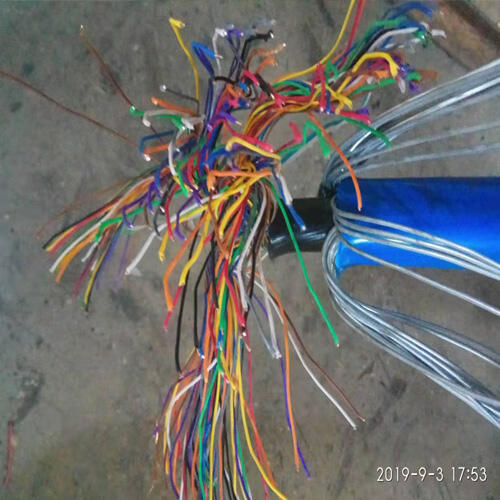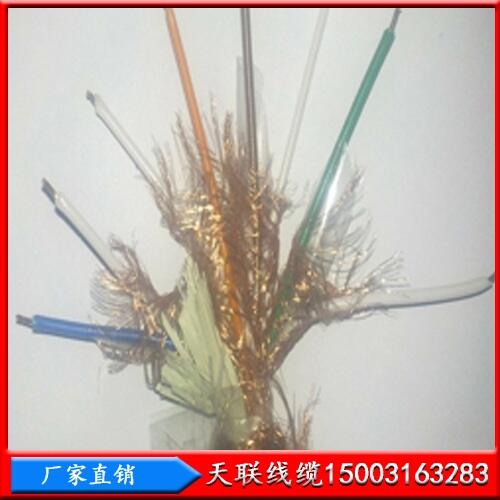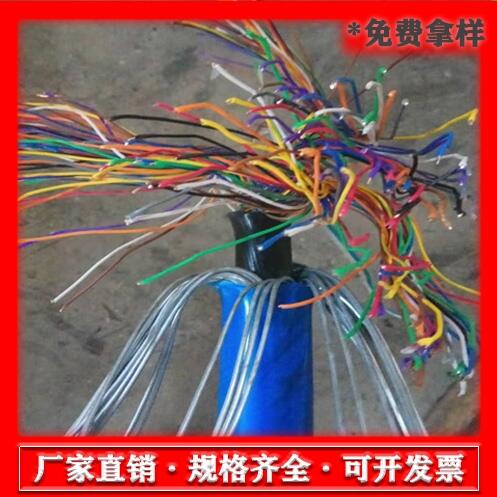Description
Signal modules are the interface of the SIMATIC S7-300 to the process. The multi-facetted module range of S7-300 allows modular customization to suit the most varied tasks.
S7-300 supports multi-facetted technological tasks and offers exhaustive communication options. Apart from the CPUs with integrated functions and interfaces, there is a wide range of special modules in S7-300 design for technology and communication.
Benefit
The sensors/actuators are connected through front connectors. These are available for the following connection methods:
When a module is replaced, the connector is simply plugged into the new module of the same type; the wiring is retained. The coding of the front connector avoids mistakes.
Connection with SIMATIC TOP connect is even simpler and faster (not for the onboard I/O of the compact CPUs). Preassembled front connectors with single cores and a complete plug-in modular system comprising a front connector module, connecting cable and terminal block are available.
The high number of channels on the modules provides for the space-saving design of the S7-300. Modules are available with 8 to 64 channels (digital) or 2 to 8 channels (analog) per module.
The modules are configured and parameterized using STEP 7, and there are no inconvenient switch settings to be made. The data are stored centrally and, following module replacement, they are automatically transferred to the new module so that no setting errors can occur. No software upgrade is required when using new modules. A configuration can be copied as often as required, e.g. for standard machines.
Design and functions
A host of different digital and analog modules provide exactly the inputs/outputs required for each task.
Digital and analog modules differ as regards the number of channels, voltage and current ranges, electrical isolation, diagnostics and alarm functions, etc.
In all the module ranges named here, SIPLUS components are also available for extended temperature range -25…+60°C and aggressive atmosphere/condensation.
Diagnostics, interrupts
Many modules additionally monitor signal acquisition (diagnostics) and the signals from the process (process interrupt). This makes it possible to react immediately to process errors, e.g. wire breaks or short circuits, and any process event, e.g. rising or falling edge at a digital input. The response of the controller can easily be programmed with STEP 7.
Special modules
For test and simulation, the simulation module can be plugged into the S7-300. It enables simulation of encoder signals via switches and indicates output signals via LEDs.
The module can be plugged in anywhere regardless of slot rules. The dummy module reserves a slot for an unconfigured signal module. When the module is installed later, the mechanical configuration and address assignment of the overall configuration remain unchanged.
中國第一汽車股份有限公司(“中國一汽”)研發中心是中國汽車行業最大的研發、測試及檢驗機構,是原設備制造商中國一汽集團以及中國政府的重要技術中心之一。公司重點開發商用車和汽車零部件,工程專業知識覆蓋整個汽車開發周期。
中國一汽研發中心給智能網聯車研發部下發建立研發功能,研發智能汽車的任務,這是“中國制造2025”的重要技術發展方向。駕駛功能的電氣化和自動化的駕駛,增加了系統復雜性,并需要在前期驗證控制器。
目前智能網聯汽車是國內外廠家研發的熱點,相關技術在同步研發推進,是國內汽車廠家追趕國際知名汽車廠家的一次契機。不過,設計先進汽車需要使用先進開發技術,這對中國一汽智能網聯車研發部而言是一大挑戰。
實施基于模型的系統工程
中國一汽網聯車研發部當時正在尋找具有整車建模(包括實時和在線物理建模及控制開發)經驗的供應商。此外,他們還想改進開發流程,并希望能找到一個愿意與其共享知識和方法的合作伙伴。
中國一汽網聯車研發部科室主任鄭磊博士表示,“一方面,我們需要開展整車模型離線仿真,以分析車輛性能,并滿足對硬件在環(HIL)測試平臺實時仿真的需要;另一方面,我們還需要一個技術合作伙伴提供技術轉讓服務,增加我們的內部知識。”
通過使用Simcenter Amesim?軟件 – Siemens PLM Software提供的Simcenter組合的一部分 – Simcenter工程服務為中國一汽提供了最新工具和方法。Simcenter Amesim支持基于模型的系統工程(MBSE),幫助用戶按照車輛開發不同階段的需求創建不同復雜程度的模型。中國一汽不僅在Simcenter Amesim內開發了高度精確的離線仿真模型,而且還能在大量實時仿真情景中使用這些模型 ,從而能夠進行混合硬件在環(HIL)測試、控制驗證及模型驗證。
鄭博士表示,“Simcenter Amesim提供了一個易用、開放的開發環境,在不同部門之間甚至在各部門和供應商之間實現聯合建模和有效部署,盡管整個開發過程不同階段的模型復雜程度各不相同,它仍然確保了模型的一致性。”
除軟件許可之外,Simcenter工程服務團隊還提供技術轉讓。在整個協同過程中,Simcenter工程服務團隊就如何將相同方法用于其它情景為中國一汽員工提供培訓,使其集成為中國一汽標準設計過程的一部分。鄭博士對此大加贊賞,“Simcenter工程服務團隊能夠認真了解客戶的需求,與客戶分享他們的最新技術,定期邀請國內外專家舉行講座和技術交流,善于為客戶著想。Simcenter工程服務的技術能力得到中國一汽項目團隊的高度認可。
無縫協作
中國一汽網聯車研發部與Simcenter Engineering工程服務團隊無縫協作,為與離線和實時仿真相關的先進車輛動力學分析搭建了一個可靠框架。
Simcenter工程服務團隊幫助中國一汽采用虛擬方式驗證車輛電控器(ECU),比如電動助力轉向(EPS)、電子穩定程序(ESP)、防抱死制動系統(ABS)。首先,工程專家協助中國一汽定義過程,集成模型。利用Simcenter Amesim軟件搭建發動機、傳動系和動力系統的精確模型。然后通過廣西銷售西門子原裝SMART模塊ST30動畫設置、創建并運行情景。定義了20多個要在HIL試驗臺上驗證的情景,這些情景能夠在虛擬儀表上實時顯示。最后,在Simcenter工程服務團隊的協助下,中國一汽開發了基于模型預測控制的(MPC)駕駛員模型,用于車輛軌線控制。該模型提供了一個系統性簡化程序,用于設計非常復雜的多變量控制系統,能夠自動生成道路和目標軌跡。
由于Simcenter Engineering工程師在為各個平臺制定軟件和硬件集成方案方面提供的出色指導和協助,公司現在能夠運行不同硬件系統的模型。
充分利用Simcenter
通過使用廣西銷售西門子原裝SMART模塊ST30Simcenter Amesim并且利用Simcenter工程服務團隊的專業知識,中國一汽為自主開發的一款車型完成了實時建模項目。中國一汽通過HiL仿真與測試進行整車控制器測試與故障診斷,減少了控制器開發時間,大大縮短了整車電控系統開發周期。
中國一汽網聯車研發部各單位都用Simcenter Amesim來設計車輛系統,從而讓系統集成、控制驗證、HiL仿真以及模型驗證變得更加容易。使用的Simcenter Amesim功能包括發動機高頻模型、實時模型簡化工具、用于模型交換和工具耦合的功能模型(FMU)接口等。
提升競爭力
長期以來中國一汽集團公司研發中心一直是中國HiL系統仿真和測試領域的領導者,始終致力于趕超國際先進水平。
鄭博士表示,“通過使用Simcenter解決方案,我們能夠自主建模,從而進一步提升了我們的競爭力。我們將繼續與Siemens PLM Software這樣的世界級供應商合作,不斷推動產品和技術的發展。

